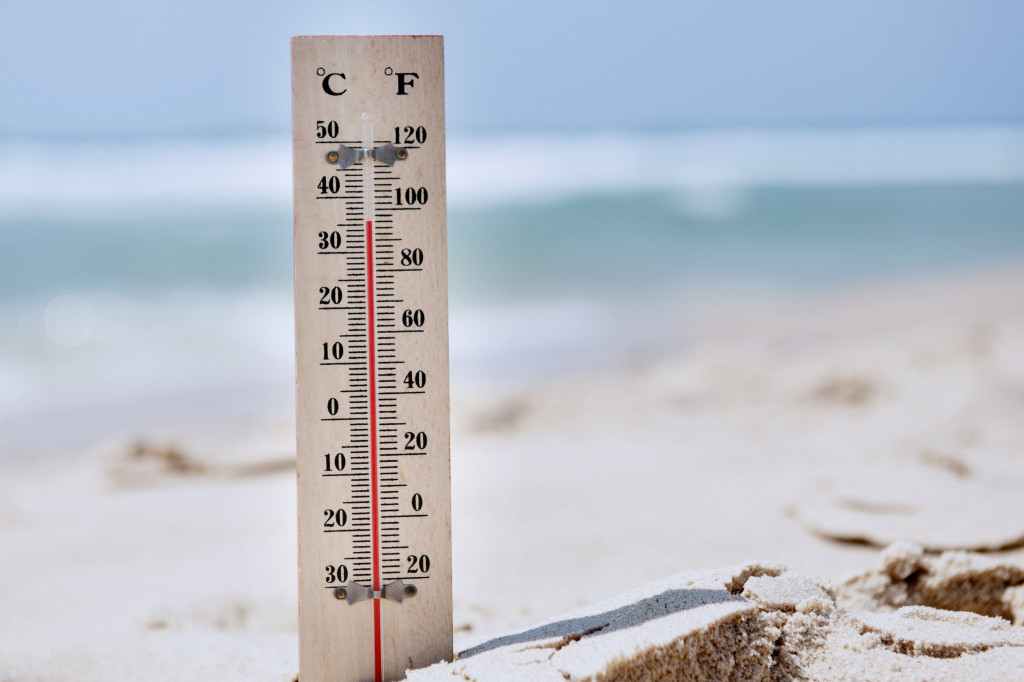As a business owner or manager, you must ensure your employees are safe and healthy while on the job. That includes protecting them from the dangers of overexposure to the sun. According to the Centers for Disease Control and Prevention (CDC), skin cancer is the most common cancer in the United States, and exposure to ultraviolet (UV) rays is the leading cause. Unfortunately, specific jobs, such as construction workers and retailers, can be over-exposed to the sun. Fortunately, you can take plenty of steps to minimize your employees’ exposure to UV rays and reduce their risk of skin cancer. Here are five of the most effective:
Encourage Them to Wear Sunscreen
The CDC recommends that everyone use sunscreen with an SPF of at least 15 every day, even when it’s cloudy. People who work outdoors should use sunscreen with an SPF of 30 or higher and reapply it every two hours—or more often if they’re sweating or swimming.
Encourage your employees to apply sunscreen before their shift begins and provide ample opportunities to reapply throughout the day. You might even want to consider supplying sunscreen for them. This will ensure they can stay protected from the sun if they work in the field.
Provide Shade
If your employees work outdoors, do what you can to provide shade. Here are some ways you can do that.
Walkways
If you’ve noticed that your employees have been walking to the office, then you should consider building walkways. You can build covered walkways and canopies or plant trees and large plants to provide shade for your employees as they walk. This can make a massive difference for your employees. First, this connects them to nature. It also reduces the chance of skin cancer and other health concerns, like heat stroke.
Shaded Break Areas
When your employees take a break, they need a place shaded from the sun to do it. Here are some great options for that:
- Gazebo: A gazebo or pavilion can provide a shaded area for your employees to take their breaks.
- Umbrellas: Umbrellas can also be easily set up in outdoor break areas to provide shade for your employees.
- Shade Cloth: Shade cloth can easily cover areas where employees take their breaks, such as picnic tables or benches.

Protective Clothing
Long-sleeved shirts, pants, hats, and sunglasses aren’t just for fashion; they also offer protection from UV rays. Encourage your employees to wear clothing covering as much skin as possible while working outdoors. You might even want to provide them with UPF (Ultraviolet Protection Factor) clothing designed to block UV rays.
For example, if you’re on a construction site, you should provide employees with long-sleeved shirts, pants, and hard hats that offer shade for their faces and necks. Another example is providing sunglasses to employees who work on a beach.
Window Film
If your business has a lot of windows, UV-blocking window film is a great way to reduce your employees’ exposure to sunlight—and it doesn’t cost a lot to install. Not only will this help protect your employees from skin cancer, but it will also keep your building cooler in the summertime, which can lower your energy bills. Of course, you also have other choices if you don’t want to use window film. Here are some of them.
Curtains
If you want a more rustic look in your office, you should consider using curtains to block out the sun’s rays. This can also be a cost-effective option as you can easily switch out the curtains for different seasons or design looks.
Shutters
If you want a more permanent solution, shutters might be the best option for your office or building. Shutters protect from UV rays and also offer privacy and security.
UV Index
The UV index measures the sun’s ultraviolet radiation’s strength at any given time. It ranges from 0 (low) to 11+ (extremely high). The EPA recommends that people take extra precautions when the UV index is above 6, including wearing sunscreen and protective clothing and seeking shade whenever possible. Check your area’s UV index daily and adjust your employees’ work schedules accordingly.
As an employer, you must do everything you can to protect your employees from overexposure to sunlight—not only because it’s the right thing to do but because it could also save you money in workers’ compensation claims. Fortunately, you can take plenty of steps to reduce your employees’ risk of developing skin cancer. Taking these precautions can help keep your employees healthy and happy for years to come.
